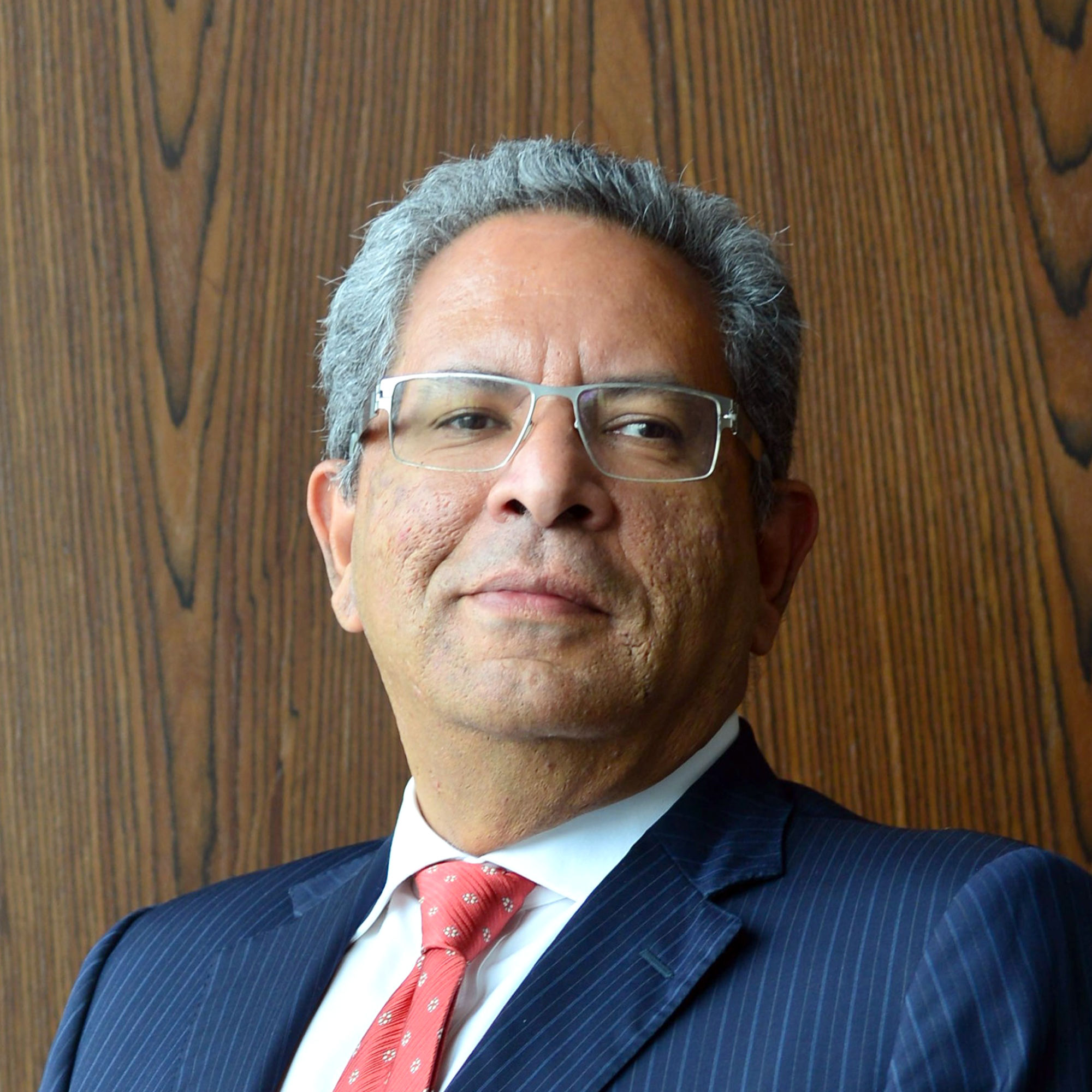How does the growth potential for the real estate sector look in both the long and short term?
In the industrial sector, Fibra Uno is divided into light manufacturing facilities and logistics. Regarding light manufacturing, facilities are highly linked to international trade and the industrialisation of Mexico. New manufacturers are moving into Mexico and are bringing their suppliers with them. From a price perspective, there is little scarcity value so rents are not rising by much in this sector.
In the logistics sector, the whole industry is underdeveloped. There is still a substantial need for further logistics facilities, which has led to plenty of demand. We are unable to satisfy all of the demand from our clients in this sector.
The outlook for the industrial sector is positive. In the office sector in Mexico City, there has been a lot of supply, but this goes alongside a high absorption rate. The overall vacancy rate for the A and A+ buildings is 12.6%.
The driver in this sector is that the price of land is increasing. There are many smaller businesses which use domestic homes as their headquarters, and they can move to a more convenient office building for a slight increase in rent.
The retail sector is being driven by high consumption and by the fact that the sector still does not have a high density compared to other countries such as Brazil. Here in Mexico, large supermarkets and retail chains are gaining market share against more informal or smaller retailers, and have been the driving force behind building shopping centres.
Over the last two years, same store sales of retailers has been growing in either low double digits or high single digits (of around 9%), which demonstrates the strength of the Mexican consumer.
What factors would cause an increase or slowdown of the real estate sector in Mexico?
There has been an increase in growth across the sector that has been driven by two factors, firstly due to an environment of low yields. With Mexican short term government securities offering relatively low yields of around 3.5%, people have been looking for alternative asset classes to increase their yields.
This, alongside the fact that the fibras have gone public and a boom in private equity has increased the amount of capital available to the real estate sector, has driven an increase in all sectors of the real estate sector.
Mexico’s economy is still growing and the country’s real estate sector has also still got room for growth. Although it would be temporary, factors that could slow growth in the sector would be a slowdown in overall demand or a tightening in the financing available to the real estate sector.
 What financing opportunities are available within the real estate sector?
What financing opportunities are available within the real estate sector?
The only issuers in the DCM space from the real estate sector are public companies because they own portfolios of assets that have stabilised and are already generating rents.
Fibra Uno, in a sectoral first, was able to issue bonds with no properties as collateral. We have since been followed by other fibras and real estate companies.
Previously, some companies were able to tap the capital markets, but they could not do so without offering a part of their property portfolio as collateral, as the local markets are not particularly large.
Other real estate developers have to go to the loan market, the providers for which are insurance companies and banks. Bonds and loans from various sources now provide funding for the sector, and insurance companies have been the most aggressive in offering funding.
What factors could make it difficult to acquire financing within the sector in the near future?
There is volatility in the capital markets from specific risks such as the US election and how the Brexit situation plays out in the short term. Volatility is further compounded by fears over the health of the financial system in China.
All of these factors will make access to the financial markets difficult, and borrowers will have to be ready to ‘pull the trigger’ and go to market whenever a window opens. Borrowers have to be very tactical in their financing needs.
Fibra Uno has already completed all of its financing needs for the year. We are paying interest sooner than we would use the funding, but it is the safest option.
What are the main drivers for growth in the sector?
Construction growth and acquisitions are driving capital market activity within the sector. In Fibra Uno’s case, capital market activity is driven both the development of certain projects and the acquisition of additional properties. The rest of the sector is driven by development projects.
How do peso and dollar funding compare within the sector?
The peso is on the whole cheaper than the dollar. Fibra Uno’s peso-denominated bonds are around 100bp cheaper than their dollar equivalents, but the local market is relatively small, leading to dollar financing.
Issuers look to borrow in dollars for two reasons. Firstly, other fibras, especially industrial ones, have dollar-denominated rents, meaning it makes sense to have dollar liabilities. The case is the same for Fibra Uno, and we have dollar debts because we have dollar revenues.
Secondly, dollar funding is simply more available to real estate companies in Mexico. There is a very limited peso market. Insurance companies, which have substituted other lenders in the country are lending through their Mexican subsidiaries, but are also using money from their parent companies, which comes in dollars.
What are Fibra Uno’s funding requirements at present?
We will be doing a little fine tuning, but still have a positive outlook on the real estate sector. We are still looking to grow our portfolio, which will be the main driver for our future plans.
We believe that what we have raised recently will be enough to take us through to the end of the year. We will still look to acquire property, but we will be doing so through equity, because there is a tax advantage in that a seller can freeze their capital gains the moment they contribute their property to our company and receive shares as payment. We raise cash through bonds to pay for the associated expenses that come with acquisitions.
What are Fibra Uno’s growth plans in the short and long term?
We are currently looking at a MXN22bn pipeline over the next 12 months. We continue to plan to grow, but we want to do this in a very conservative manner. We are aware that our business is cyclical, and in addition to this we are aware that we operate within an emerging market, so the ups and downs are amplified.
As a result, we need to have a strong balance sheet in order to weather the stresses of the cycle. We plan, in comparison to other real estate companies in the US, UK and Japan for example, to have a relatively low loan to value (LTV) ratio, our target is in the region of 35% LTV.
If the equity markets remain closed, we will need to see if the sellers will be willing to take shares as payment.
What advice would you have for anyone looking to borrow in the current climate in the real estate sector?
It would be wise to reduce the level of funding in the current climate, but we will still have to see what impact Basel III will have on the banking market. Although we have not seen any change yet locally, pools of funding are relatively limited.
Some lenders are using special vehicles to lend to commercial real estate, and we do not yet see the commercial real estate markets accessing the local bond markets, but borrowers are looking at raising either mortgage Fibras (which are equivalent to mortgage REITS), or accessing private equity vehicles because there is now an opportunity in the market that people are looking to exploit with the retreat of certain lenders.









